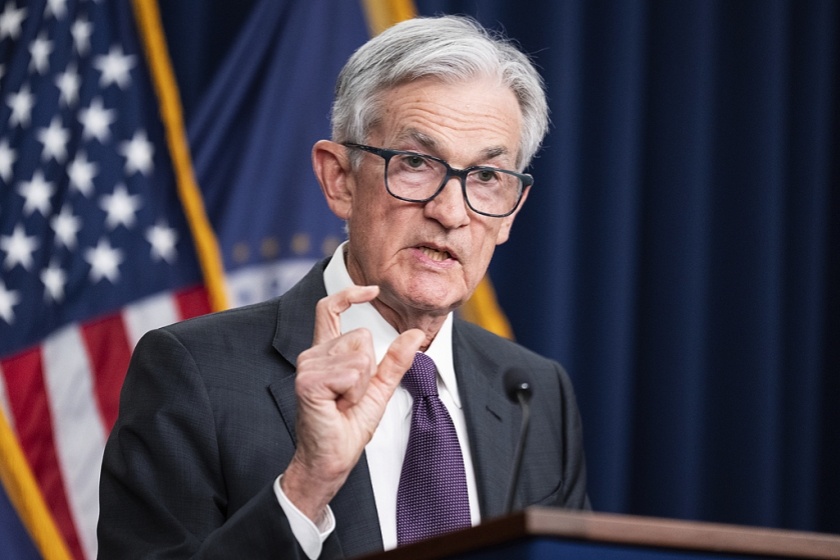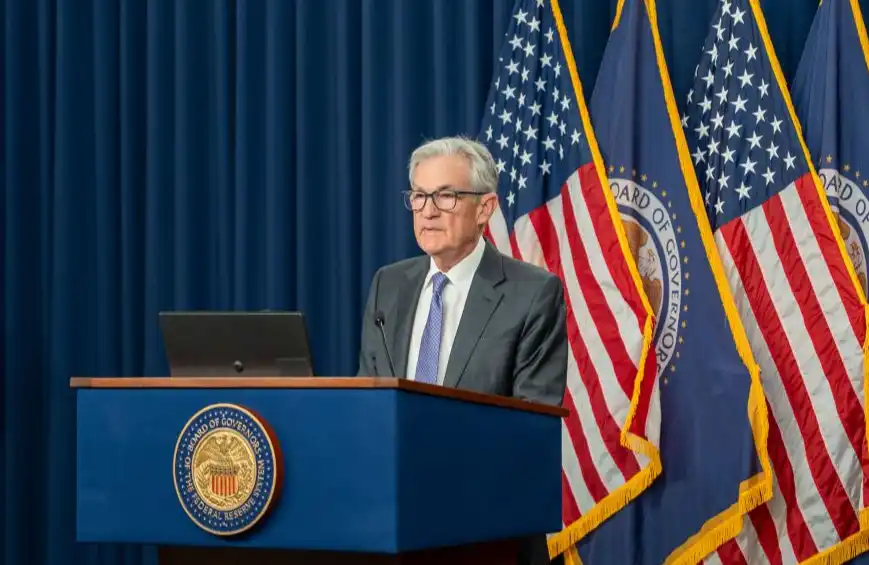How the Solana ETF Redefines Risk Preferences: A Behavioral Economics Perspective
- The REX-Osprey Solana + Staking ETF (SSK) launched in July 2025, combining Solana price exposure with a 7.3% staking yield, reshaping investor behavior through behavioral economics principles. - By leveraging the reflection effect, SSK mitigated emotional overreactions during price dips, retaining $164M in inflows despite Solana dropping below $180 in August 2025. - Institutional adoption and $316M AUM transformed Solana from speculative asset to strategic allocation tool, reflecting a risk preference re
In the ever-evolving landscape of cryptocurrency investing, the launch of the REX-Osprey Solana + Staking ETF (SSK) in July 2025 marked a pivotal moment. This first U.S.-listed Solana-based ETF, which combines exposure to the price of Solana (SOL) with a 7.3% staking yield, has not only reshaped institutional and retail investor behavior but also illuminated the profound role of behavioral economics in modern portfolio construction. By examining the interplay between the reflection effect and risk preference reversal, we can better understand how SSK's design has influenced investor decisions during volatile markets—and what this means for the future of ETF innovation.
The Reflection Effect in Action: Staking Yields as a Psychological Buffer
Behavioral economics teaches us that investors often exhibit asymmetric risk preferences: they tend to be risk-averse when facing gains but risk-seeking when facing losses. This phenomenon, known as the reflection effect, becomes particularly relevant in volatile markets like crypto, where price swings can trigger emotional overreactions. The SSK ETF's hybrid structure—offering both capital appreciation and passive income—has acted as a psychological buffer, mitigating the emotional toll of price corrections.
Consider the data: In early August 2025, Solana's price dipped below the $180 support level, a critical psychological threshold. Yet, SSK retained strong inflows, with $164 million added in the seven weeks following its launch. Why? The 7.3% staking yield provided a tangible return even as the price fluctuated, reducing the perceived downside risk. Investors who might have otherwise sold during the dip instead held or increased their positions, drawn by the dual promise of yield and potential price recovery. This behavior aligns with the reflection effect: the yield component reframed the loss (a price drop) as a manageable risk, encouraging continued investment.
Risk Preference Reversal: From Speculation to Strategic Allocation
The SSK's success also reflects a broader reversal in investor risk preferences. Traditionally, crypto investors have been categorized as speculative, prioritizing short-term gains over stability. However, the SSK's institutional adoption—backed by custodians like Anchorage Digital and supported by $316 million in assets under management—has attracted a new breed of investor focused on long-term, yield-driven strategies.
This shift is evident in the ETF's appeal to both income-focused and growth-oriented investors. For example, JPMorgan projected $3–6 billion in inflows over 6–12 months, driven by the ETF's ability to offer a 7.3% yield in a low-interest-rate environment. Such projections suggest that investors are no longer viewing Solana solely as a speculative asset but as a diversified component of their portfolios. The SSK's structure has thus catalyzed a risk preference reversal, transforming Solana from a high-volatility play into a strategic allocation tool.
Implications for ETF Design: Balancing Yield and Volatility
The SSK's design offers valuable lessons for future ETFs, particularly in volatile markets. By integrating staking yields, the ETF addresses a key behavioral bias: the fear of loss. Traditional spot ETFs expose investors to price swings without additional income, amplifying the emotional impact of downturns. In contrast, the SSK's yield component provides a steady return, reducing the psychological pressure to sell during corrections.
This approach could be replicated in other asset classes. For instance, a Bitcoin ETF with embedded staking or yield-generating mechanisms might similarly stabilize investor behavior during market stress. The key is to align product design with behavioral tendencies, ensuring that investors feel rewarded for holding through volatility.
Strategic Asset Allocation: Diversification in a Multi-Jurisdictional Framework
The SSK's success also underscores the importance of diversification in mitigating behavioral risks. Investors are increasingly advised to pair U.S. Bitcoin ETFs with Solana-based products from other jurisdictions (e.g., Canada or Switzerland) to hedge against regulatory uncertainty. This strategy not only spreads risk but also leverages the unique advantages of each market, such as higher staking yields or clearer legal frameworks.
For example, the approval of Brazil's first Solana ETF in August 2024 set a global precedent, encouraging cross-border adoption. By diversifying across jurisdictions, investors can reduce the emotional impact of localized regulatory changes, further insulating their portfolios from the reflection effect.
Conclusion: A New Paradigm for Crypto Investing
The Solana ETF (SSK) exemplifies how behavioral economics can inform the design of financial products. By addressing the reflection effect through yield generation and institutional validation, the ETF has transformed investor behavior, encouraging a more balanced approach to risk. As the market anticipates further altcoin ETF approvals, the lessons from SSK will be critical in shaping the next generation of investment vehicles.
For investors, the takeaway is clear: in volatile markets, products that combine growth potential with passive income can stabilize decision-making and reduce emotional overreactions. The future of crypto investing lies not just in technological innovation but in understanding the psychology of the market itself.
Disclaimer: The content of this article solely reflects the author's opinion and does not represent the platform in any capacity. This article is not intended to serve as a reference for making investment decisions.
You may also like
Wall Street interprets the Federal Reserve decision as more dovish than expected
The market originally expected a "hawkish rate cut" from the Federal Reserve, but in reality, there were no additional dissenters, no higher dot plot, and the anticipated tough stance from Powell did not materialize.

The Federal Reserve cuts rates again but divisions deepen, next year's path may become more conservative
Although this rate cut was as expected, there was an unusual split within the Federal Reserve, and it hinted at a possible prolonged pause in the future. At the same time, the Fed is stabilizing year-end liquidity by purchasing short-term bonds.

Betting on LUNA: $1.8 billion is being wagered on Do Kwon's prison sentence
The surge in LUNA’s price and huge trading volume are not a result of fundamental recovery, but rather the market betting with real money on how long Do Kwon will be sentenced on the eve of his sentencing.

What is the overseas crypto community talking about today?
What have foreigners been most concerned about in the past 24 hours?
